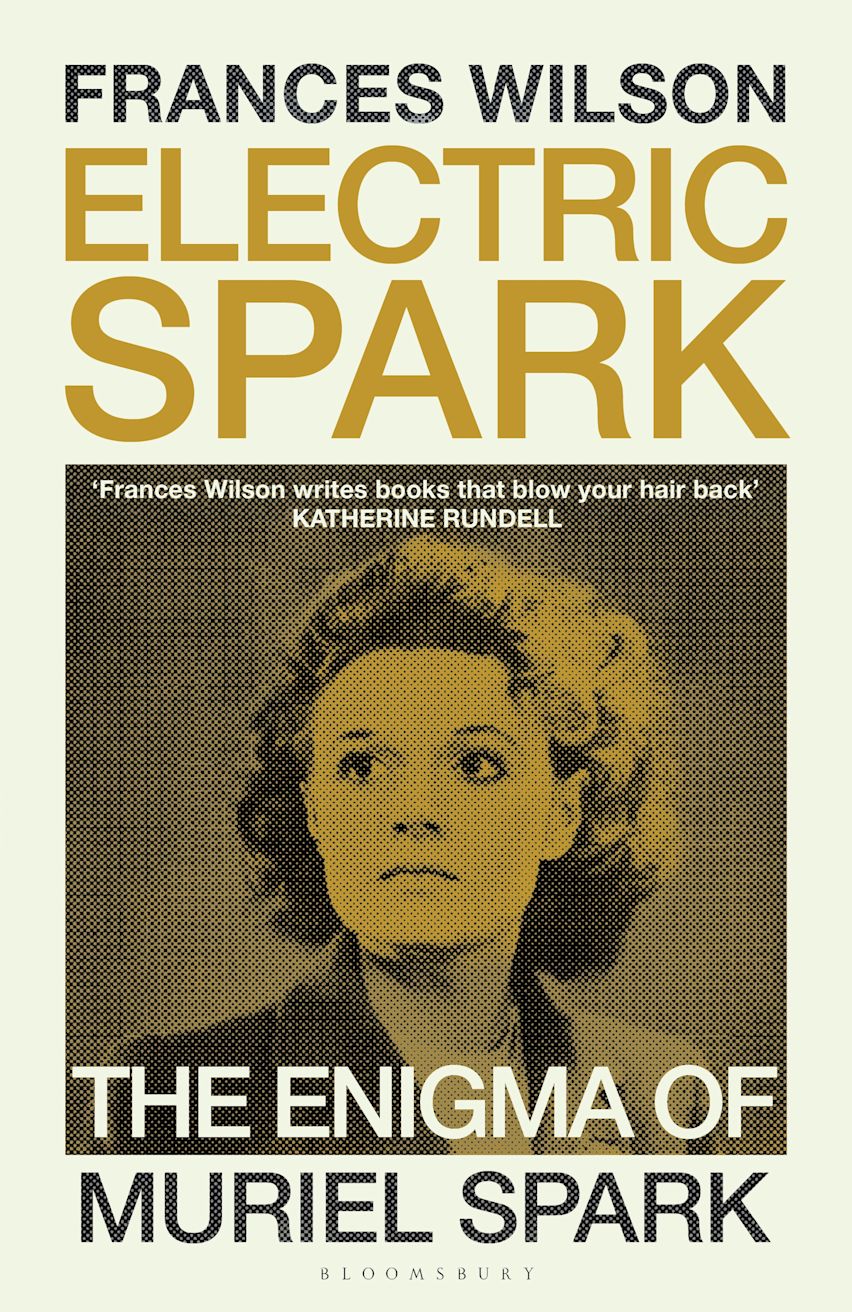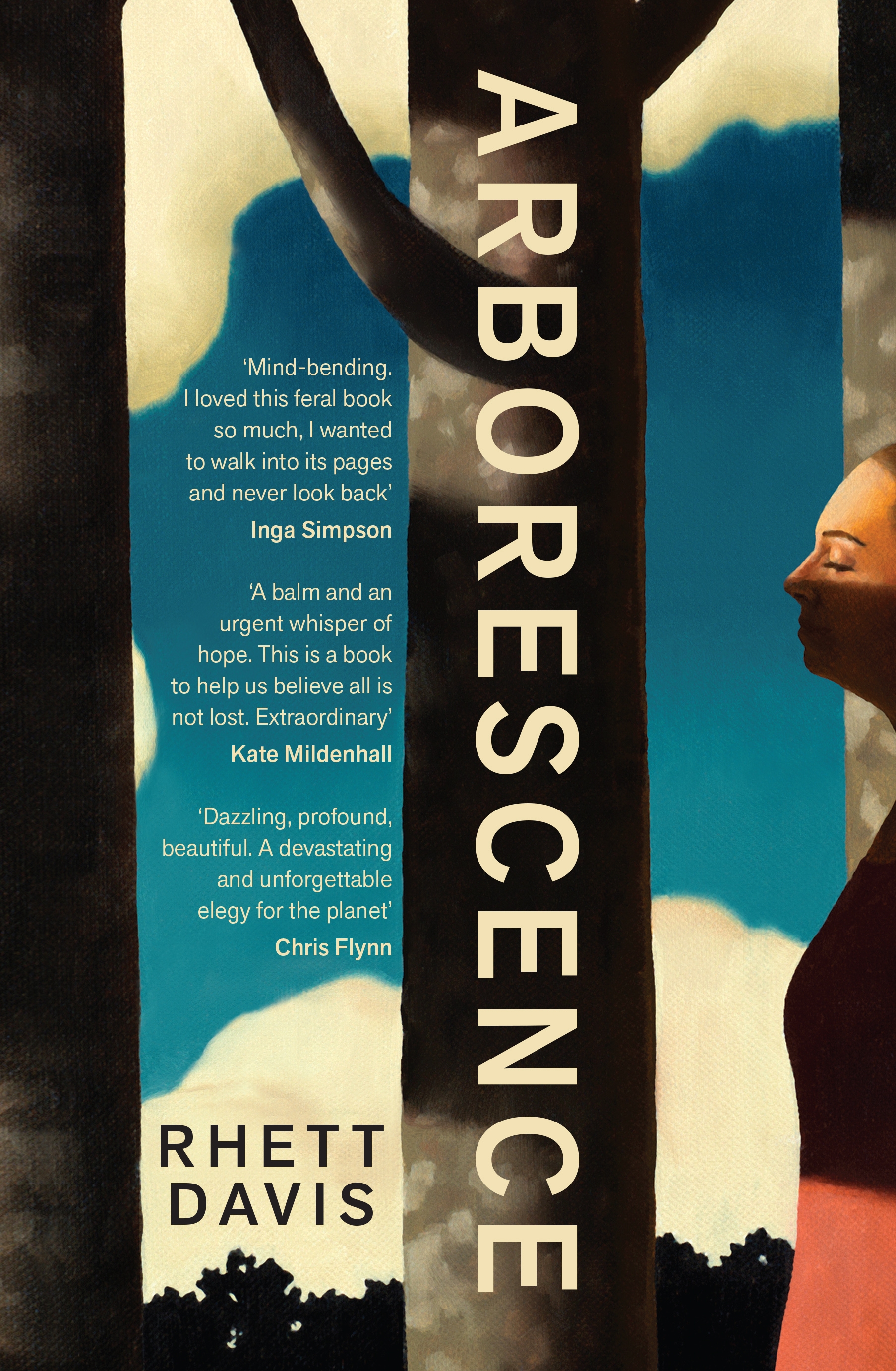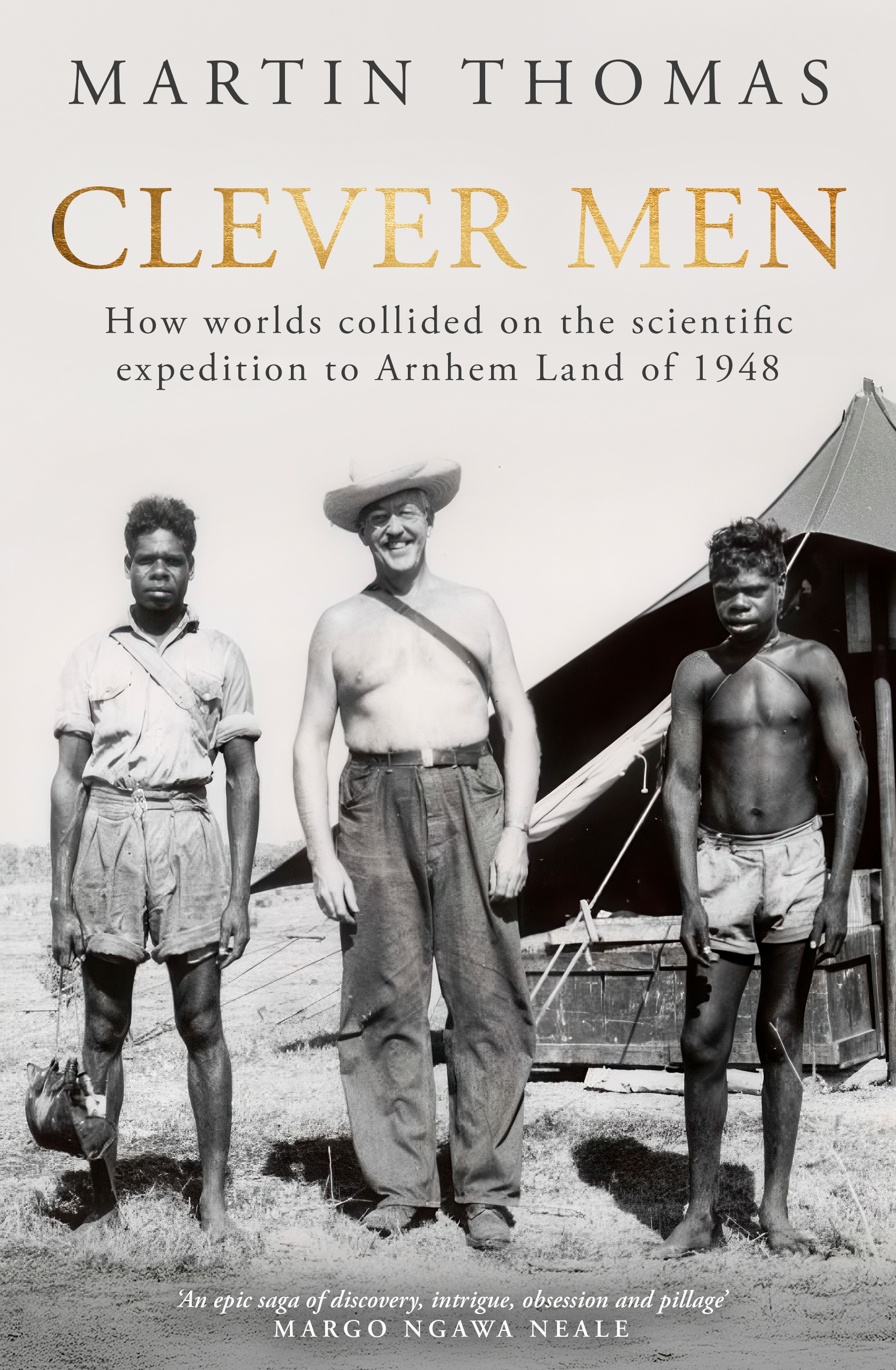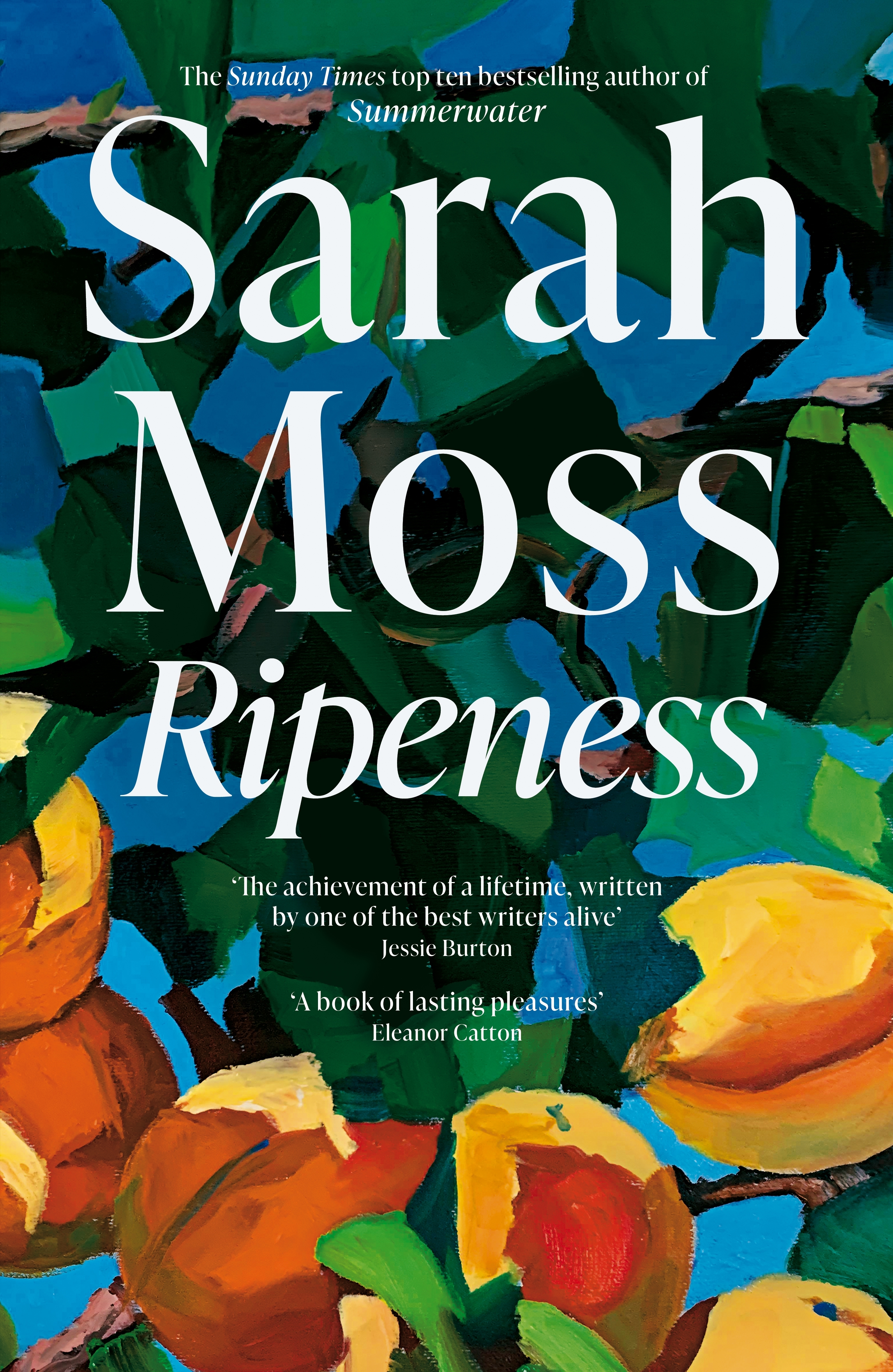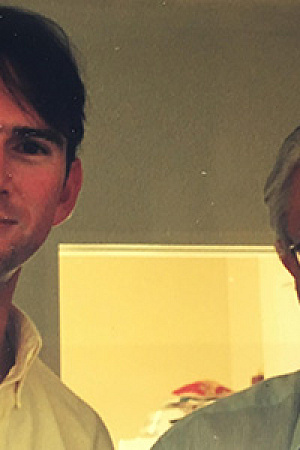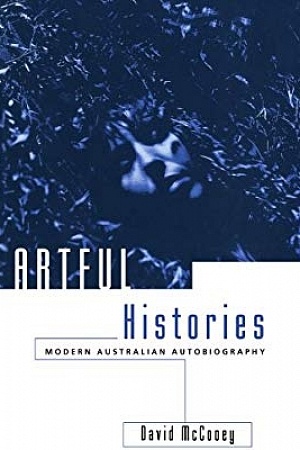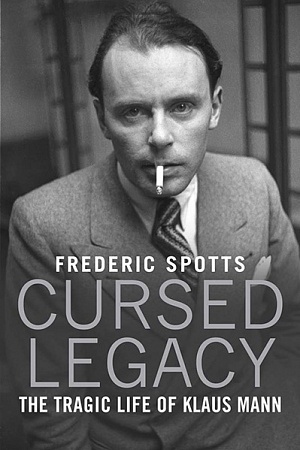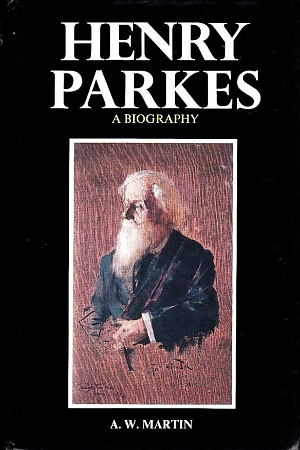ABR receives a commission on items purchased through this link. All ABR reviews are fully independent.
Cells in a honeycomb
Some literary biographies are best known for their gestation – or malgestation. Some authors, we might go further, should have a big sign around their neck – noli me tangere. Muriel Spark is one of them. Her voluminous archive, lovingly tended all her life, is full of booby traps. Twice she went into battle with biographers: first Derek Stanford, a former lover; then Martin Stannard, whose biography of Evelyn Waugh she had admired. ‘I’m sure you’ll try to get the record straight,’ Spark told Stannard menacingly at their first meeting. The biomance was short-lived; years of grief ensued. Spark pronounced Stannard’s manuscript ‘a hatchet job, full of insults’. Eventually Muriel Spark: The biography was published in 2009, three years after her death. Yet here comes Frances Wilson, after her brilliant lives of Thomas De Quincey (2016) and D.H. Lawrence (2021), with a new study of the Scottish novelist, short story writer, poet, and lifelong chameleon. Wilson admits in the Preface to having felt, ‘on every page, [Spark’s] control of my hand’.
Continue reading for only $10 per month. Subscribe and gain full access to Australian Book Review. Already a subscriber? Sign in. If you need assistance, feel free to contact us.
Electric Spark: The enigma of Muriel Spark
by Frances Wilson
Bloomsbury, $44.99 hb, 419 pp
ABR receives a commission on items purchased through this link. All ABR reviews are fully independent.

